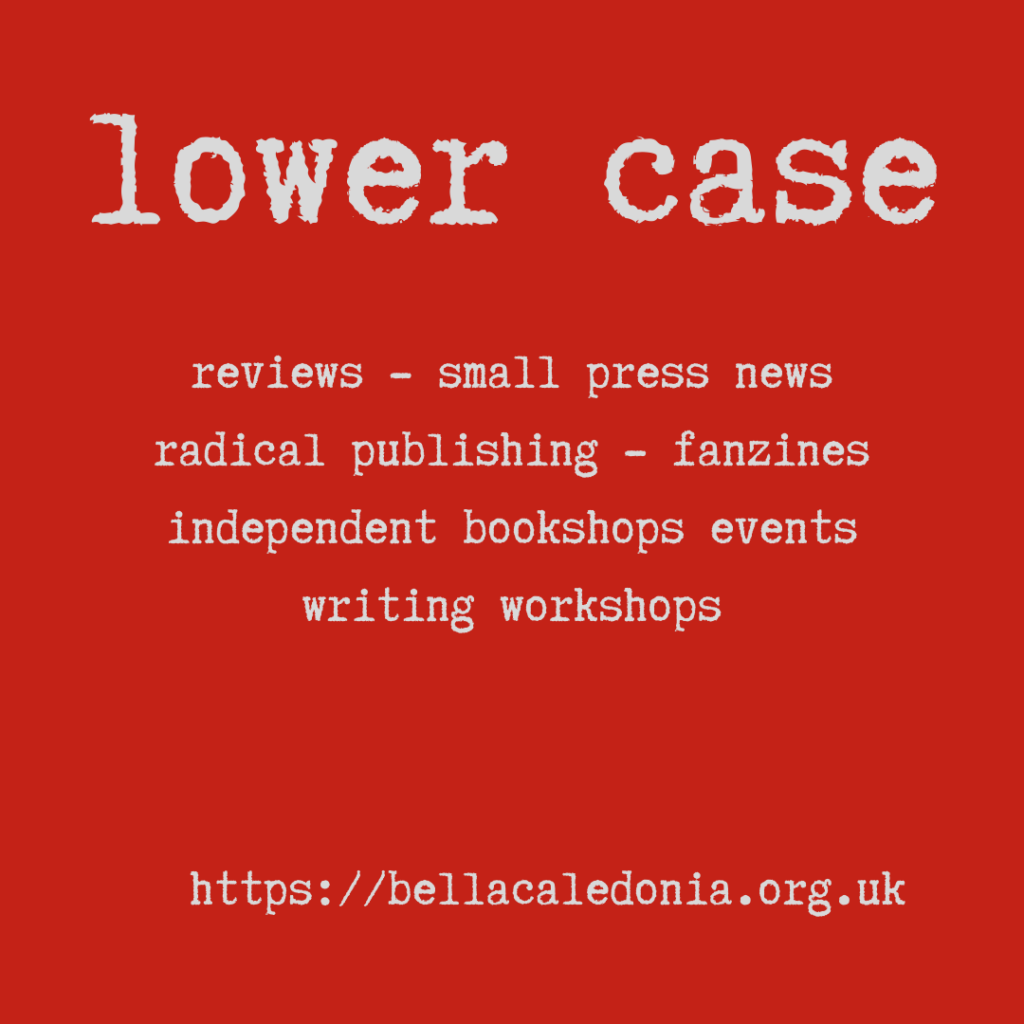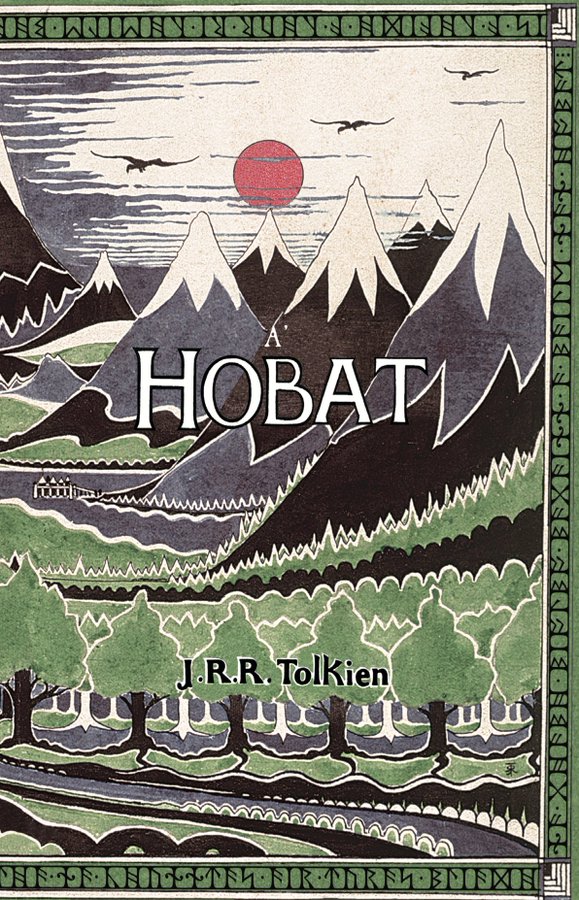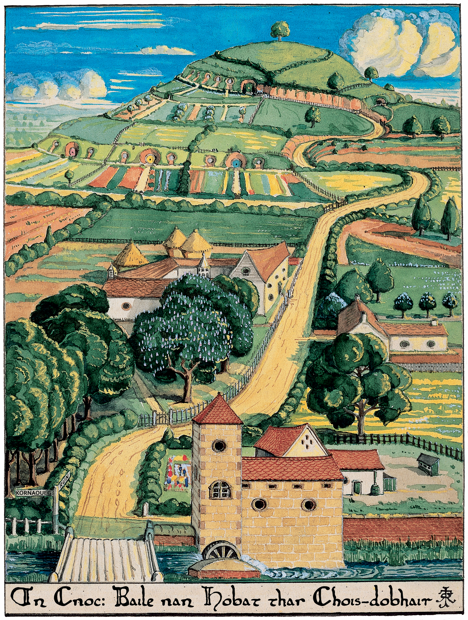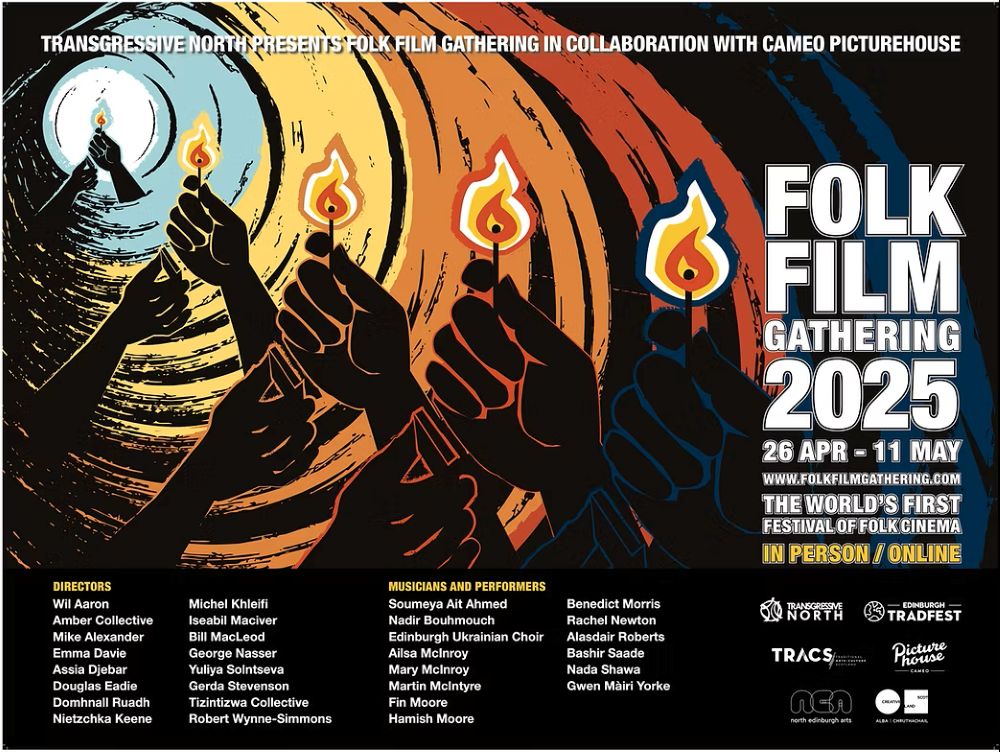A’Hobat, Folk Film, & Decolonizing the Outdoors
 lower case highlights cultural events, new releases, publish short reviews and recommendations for works across all genres. Our focus is on small and micro press, radical publishers, and events from independent bookshops. Readers & bookshop events suggestions welcome.
lower case highlights cultural events, new releases, publish short reviews and recommendations for works across all genres. Our focus is on small and micro press, radical publishers, and events from independent bookshops. Readers & bookshop events suggestions welcome.
The expansion of resources for children and publishing in Gaelic continues with the publication of A’Hobat, no A-null ’s Air Ais A-rithist The Hobbit, or There and Back Again in Scottish Gaelic by
The publisher notes: written by Professor Tolkien for his own children, The Hobbit met with instant critical acclaim when published. Now the book is available for the first time in Gaelic, in a superb translation by Professor Moray Watson. The book includes all the drawings and maps by the author.
Nuair a sgrìobh an t-Àrd-ollamh Tolkien A’ Hobat do chloinn fhèin, choisinn e sàr-chliù cho luath ‘s a chaidh fhoillseachadh. A-nis, tha an leabhar ri fhaighinn sa Ghàidhlig airson a’ chiad uair, ann an eadar-theangachadh iongantach leis an Àrd-ollamh Moray Watson. Tha na dealbhan-tarraing is mapaichean uile aig an ùghdar an lùib an leabhair.

I asked the translator, Moray Watson, how it came about:

“My hopes for the book are very simple: I hope that people enjoy it. Whenever I learn a new language now, I always check to see if there is a translation of The Hobbit. If there is, I buy it. That way, I can read a novel very early on in the learning process, because I already know the story very well at this point. Every single time I read it, in every single language, I get to experience the deep, rich joy of discovering Tolkien’s world. When we were triple-checking the maps, runes, illustrations etc. before publication, I remarked to Michael that it’s no wonder people fell in love with this book, and continue to do so nearly 90 years after it was first published. He agreed wholeheartedly. It’s a very special book, and I’m very lucky to have had the chance to work with it. I only wish I had been talented enough to make a better job of it!”
FOLK FILM 2025
The magnificent Folk Film Gathering returns to Edinburgh at the end of April. Curated by Transgressive North, the Folk Film Gathering is the world’s first folk film festival, screening films that celebrate the lived experiences of communities worldwide. Each annual edition explores the relationships between cinema and other traditional arts (such as oral storytelling and folk song), discovering what a folk cinema has been at moments throughout world film history, and how it may look in the future. Screenings and events will be online and in person at Cameo Picturehouse, the Scottish Storytelling Centre, and North Edinburgh Arts.

Highlights include rarely-seen films from BBC ALBA’s Geur Ghearr shorts, a day-long celebration of the life and work of pioneering independent Scottish filmmaker Douglas Eadie and Fertile Memory, the first full-length film to be shot within the occupied Palestinian West Bank ‘Green Line’.
Download the full programme HERE.
DECOLONISING THE OUTDOORS

Got news for lowercase? Contact us HERE.
Backing Bella Caledonia 2025 – a Creative & Arts crowdfunding project


For those that asked, Michael Everson, the publisher has told us that “Customers who do not like Amazon can find it at Blackwells, and soon from the Gaelic Books Council bookshop.”